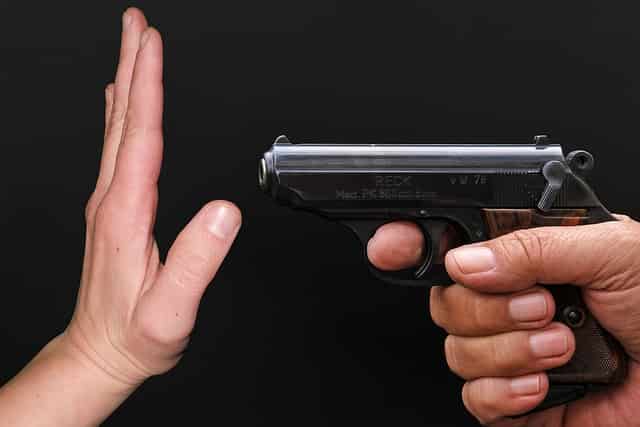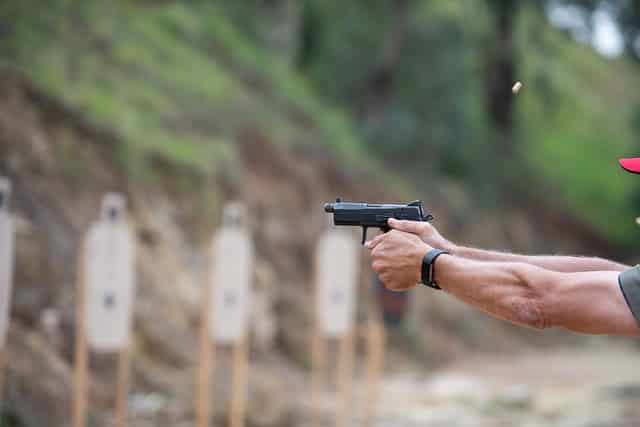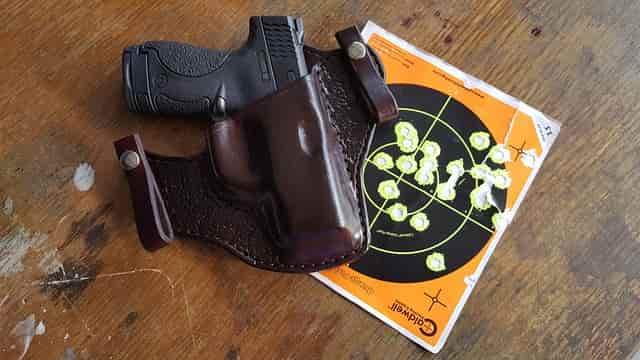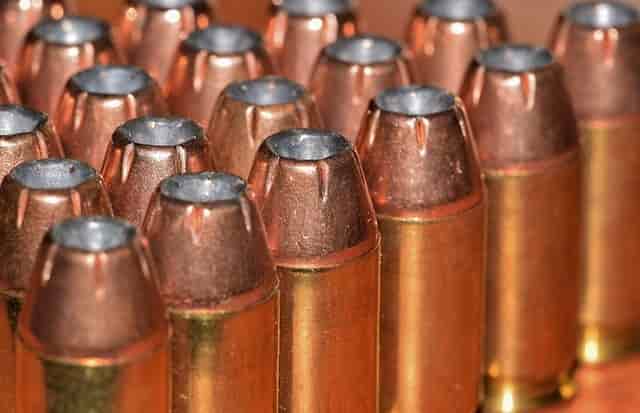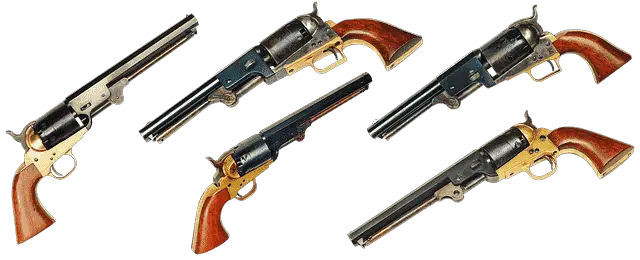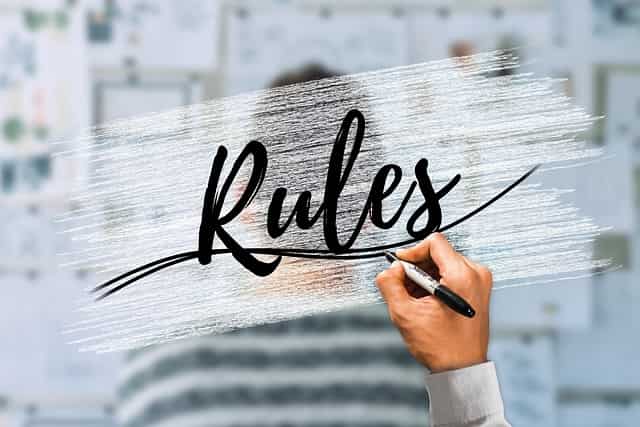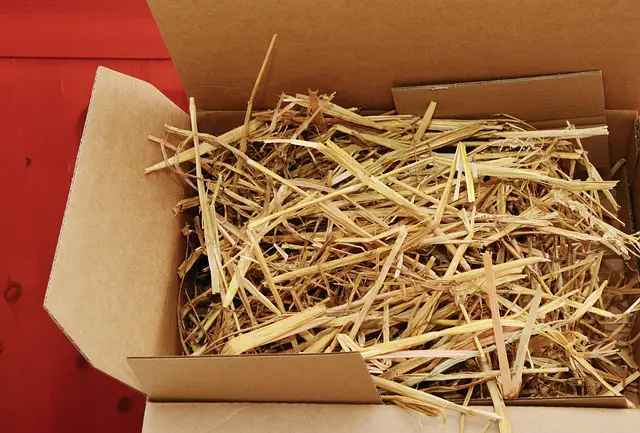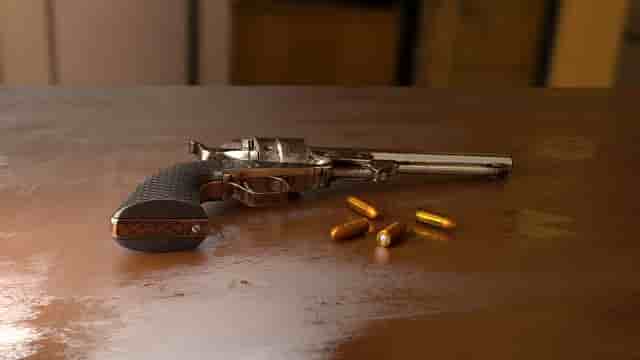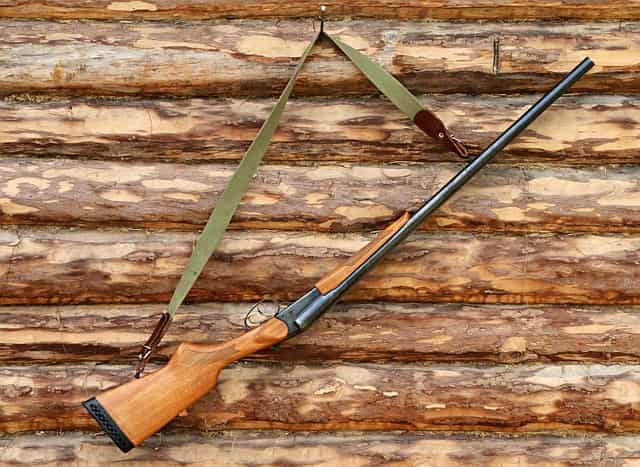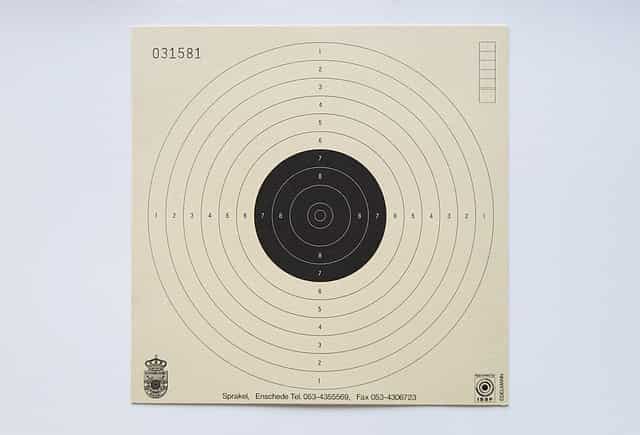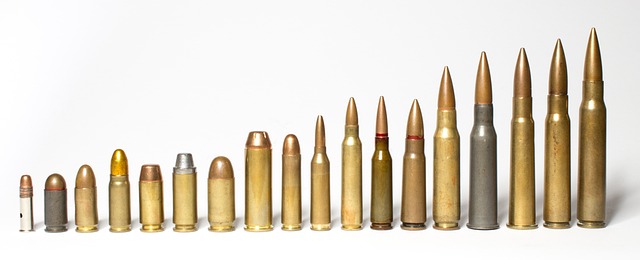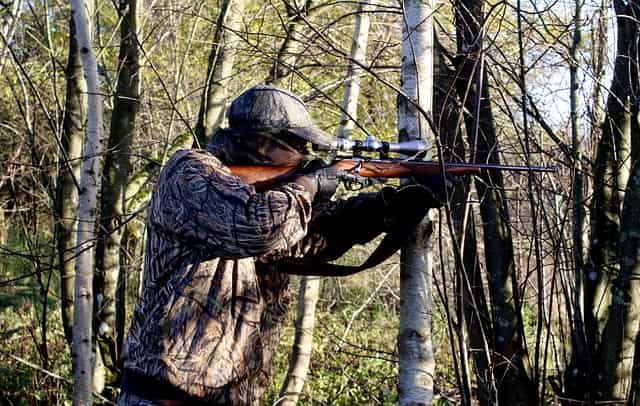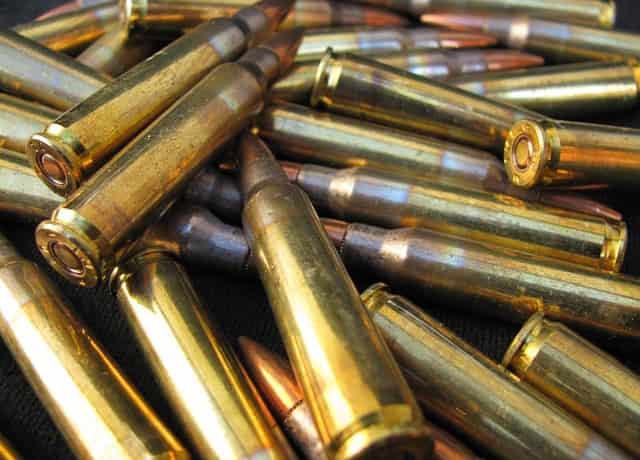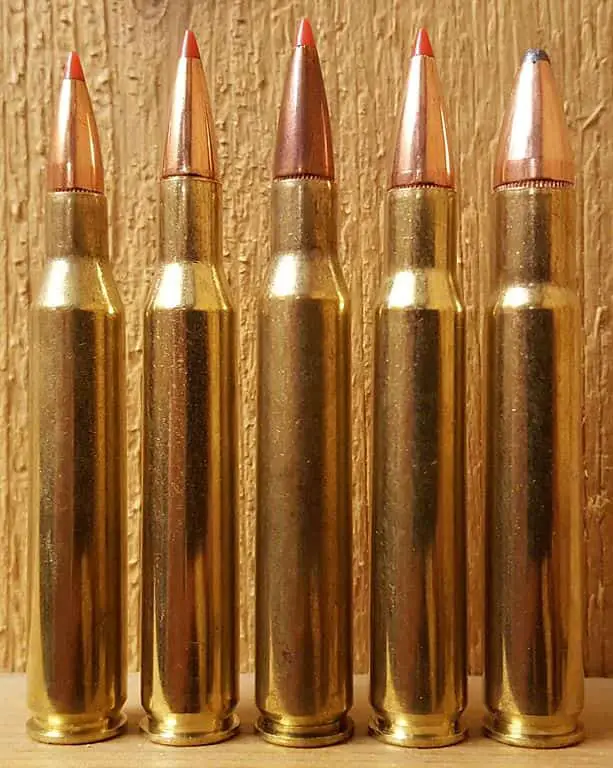
The debate between 25-06 vs 7mm-08 has been a long-standing one in the shooting sports community. Both cartridges have their own unique characteristics and advantages, making it difficult to determine which one is better.
Caliber plays a significant role in the performance of a cartridge. 25-06 has a slightly larger caliber than 7mm-08, which gives it a slight edge when it comes to long-range shooting. However, 7mm-08 has a larger bullet diameter, which can be more effective for hunting larger game.
When it comes to hunting, both cartridges are capable of taking down game with ease, but it ultimately comes down to personal preference and the specific hunting situation. Additionally, the availability and cost of ammunition can also be a deciding factor. Overall, the choice between 25-06 vs 7mm-08 comes down to the individual shooter’s needs and preferences.
25-06 vs 7mm-08 Caliber and Cartridge Overview

25-06
The .25-06 Remington is a popular rifle cartridge known for its flat trajectory and high velocity. It was standardized in 1969 by Remington Arms, and it is based on the .30-06 Springfield cartridge. The .25-06 is a versatile cartridge that is suitable for a variety of game, including deer, antelope, and coyotes.
The .25-06 is a high-velocity cartridge that can push a 100-grain bullet at speeds of up to 3,200 feet per second. This high velocity gives the cartridge a flat trajectory and makes it an excellent choice for long-range shooting. However, the high velocity also results in a significant amount of recoil, which can be uncomfortable for some shooters.
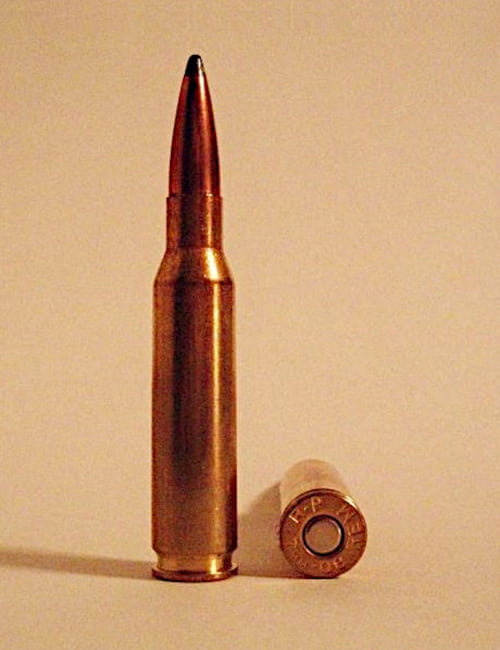
7mm-08
The 7mm-08 Remington is a rifle cartridge that was popularized in 1980 by Remington Arms. It is based on the .308 Winchester cartridge and is designed for use in short-action rifles. The 7mm-08 is a popular cartridge for hunting deer and other medium-sized game.
The 7mm-08 is a versatile cartridge that can be used with a variety of bullet weights. It can push a 140-grain bullet at speeds of up to 2,800 feet per second, which gives it a flat trajectory and makes it an excellent choice for long-range shooting. The 7mm-08 also has less recoil than the .25-06, which makes it more comfortable to shoot.
Comparison
When comparing the .25-06 and the 7mm-08, there are several factors to consider. Both cartridges are suitable for hunting deer and other medium-sized game, and both have a flat trajectory and are capable of long-range shooting. However, the .25-06 has a higher velocity and can shoot heavier bullets than the 7mm-08. This makes it a better choice for long-range shooting and for hunting larger game.
On the other hand, the 7mm-08 has less recoil and is more comfortable to shoot than the .25-06. It is also a more efficient cartridge, as it can achieve similar velocities with less powder than the .25-06. This makes it a good choice for shooters who want a cartridge that is easy to handle and that can be used for a variety of purposes.
Hunting with 25-06 and 7mm-08
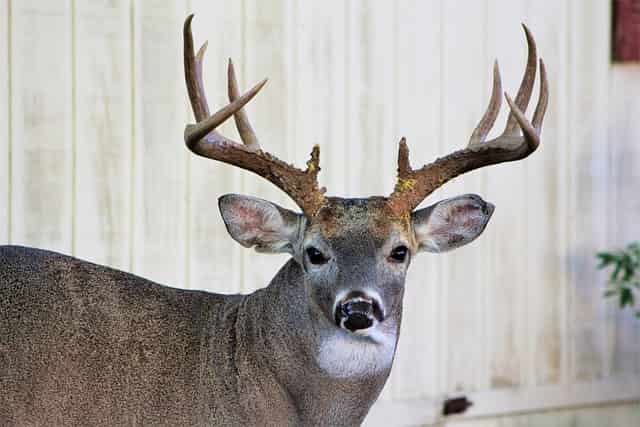
Deer Hunting
Both the 25-06 and 7mm-08 are excellent choices for deer hunting. The 25-06 offers a flatter trajectory and higher velocity, making it a good option for longer shots. The 7mm-08, on the other hand, offers less recoil and better terminal performance, making it a good choice for hunters who prefer a lighter recoil.
Elk Hunting
When it comes to elk hunting, the 25-06 is not the best choice due to its lower energy and velocity. The 7mm-08, however, offers enough power and accuracy to take down an elk. It is important to use the right ammunition and choose a shot placement carefully.
Black Bear and Hog Hunting
Both the 25-06 and 7mm-08 are powerful enough for black bear and hog hunting. The 25-06 offers a flatter trajectory and higher velocity, while the 7mm-08 offers better terminal performance and less recoil. It is important to choose the right ammunition and shot placement for a clean kill.
Varmint Hunting
The 25-06 is a good choice for varmint hunting due to its high velocity and flat trajectory, making it easier to hit small targets at longer ranges. The 7mm-08 can also be used for varmint hunting, but it is not as effective as the 25-06.
Pronghorn and Antelope Hunting
Both the 25-06 and 7mm-08 are powerful enough for pronghorn and antelope hunting. The 25-06 offers a flatter trajectory and higher velocity, while the 7mm-08 offers better terminal performance and less recoil. It is important to choose the right ammunition and shot placement for a clean kill.
Moose and Mule Deer Hunting
The 25-06 is not the best choice for moose and mule deer hunting due to its lower energy and velocity. The 7mm-08, however, offers enough power and accuracy to take down a moose or mule deer. It is important to use the right ammunition and choose a shot placement carefully.
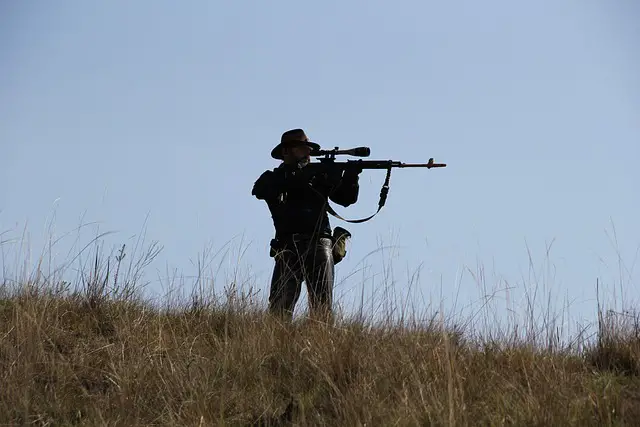
Shooting Sports
Target Shooting
When it comes to target shooting, accuracy is key. Both the 25-06 and the 7mm-08 are known for their accuracy, making them popular choices for this type of shooting. The 25-06 has a flatter trajectory than the 7mm-08, which can make it easier to hit targets at longer ranges. However, the 7mm-08 has less recoil than the 25-06, which can make it easier to shoot accurately.
Versatile Cartridge
The 25-06 and the 7mm-08 are both versatile cartridges that can be used for a variety of purposes. They are both capable of taking down medium-sized game, such as deer, and can be used for hunting in a variety of environments. Additionally, both cartridges are capable of achieving high velocities and delivering significant kinetic energy, making them effective at longer ranges.
When it comes to reloading, both cartridges are relatively easy to work with. They have a wide range of bullet weights available, which allows shooters to tailor their ammunition to their specific needs. Additionally, both cartridges are based on the .308 Winchester case, which means that brass is readily available.
Conclusion
Overall, the 25-06 and the 7mm-08 are both excellent cartridges for shooting sports. They offer a balance of accuracy, terminal performance, and mild recoil that make them popular choices among shooters. While the 25-06 may be better suited for long-range shooting, the 7mm-08 offers less recoil and can be easier to shoot accurately. Ultimately, the choice between these two calibers comes down to personal preference and the specific needs of the shooter.
